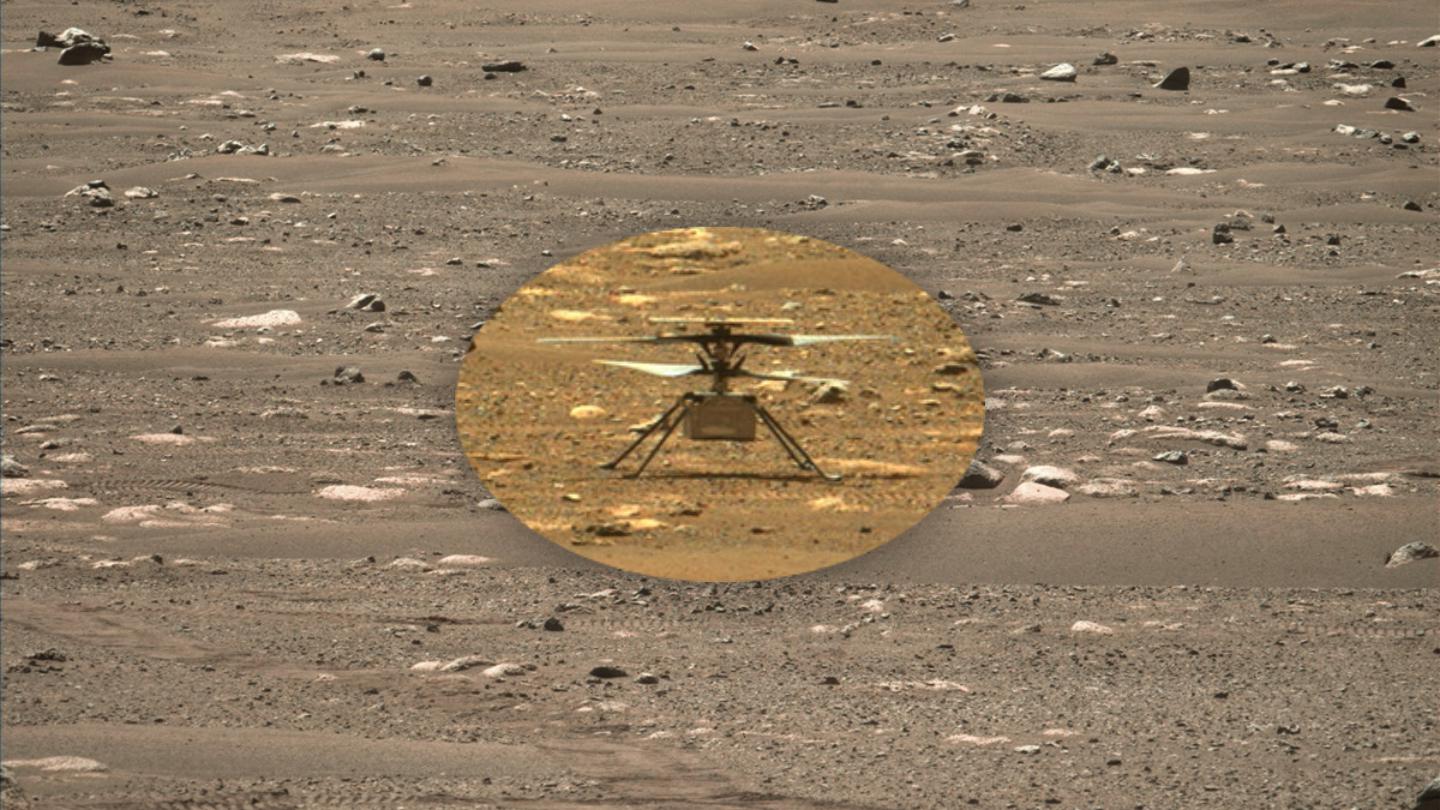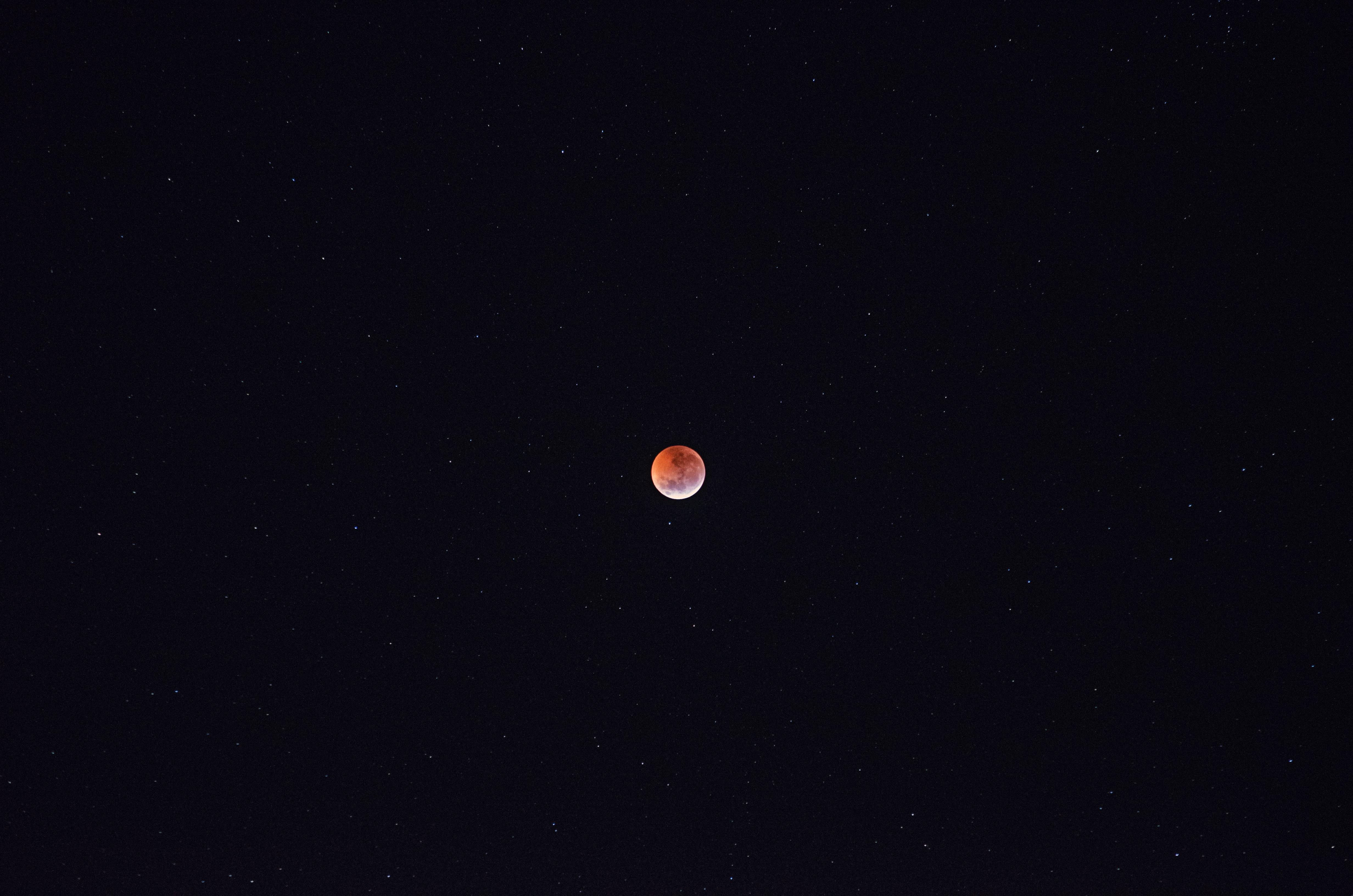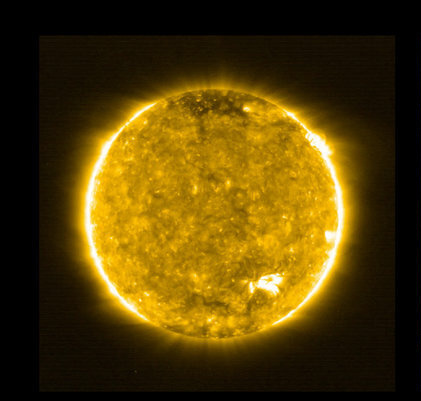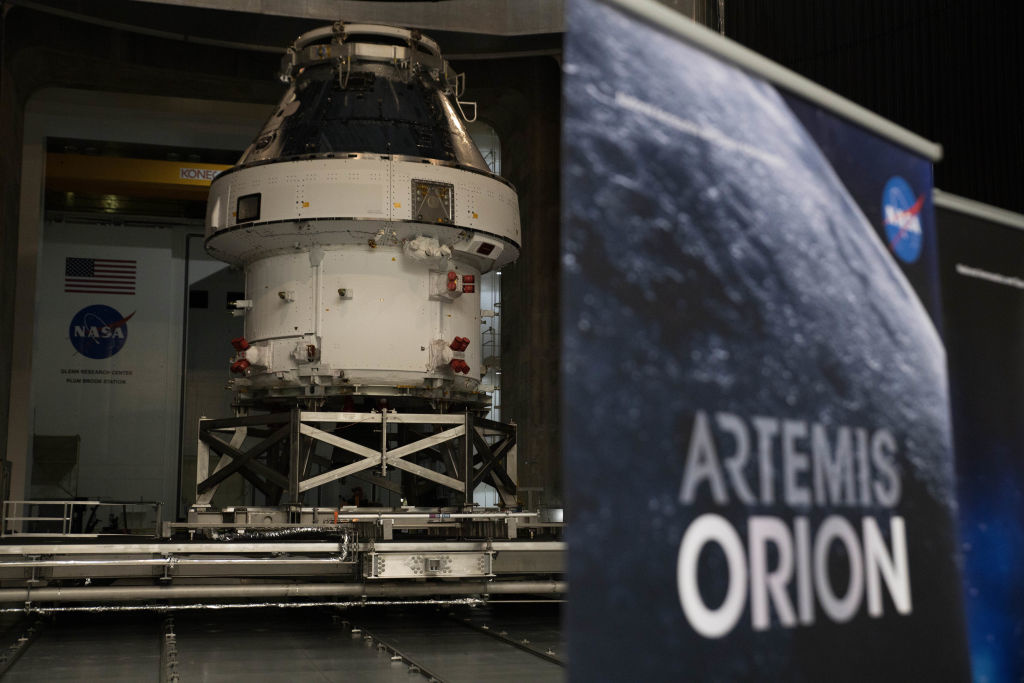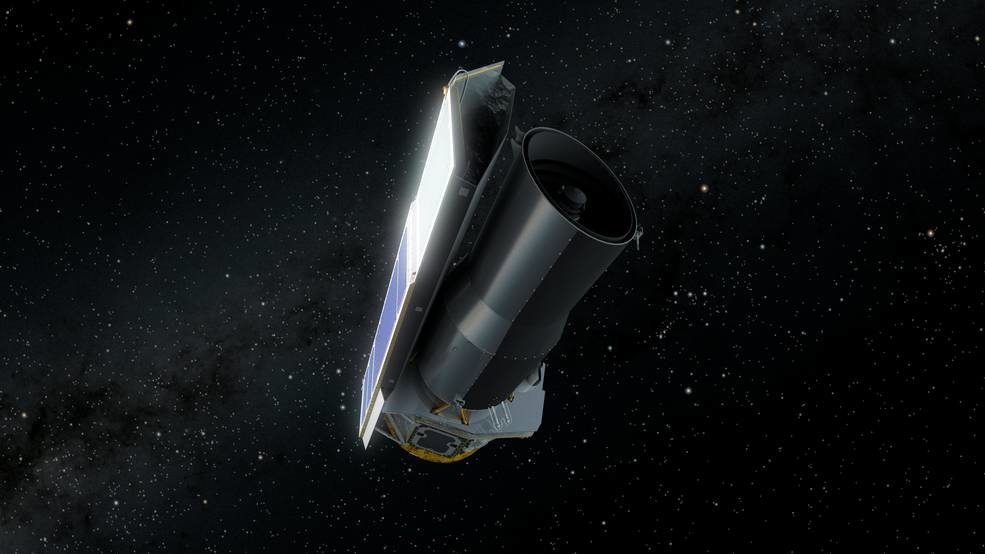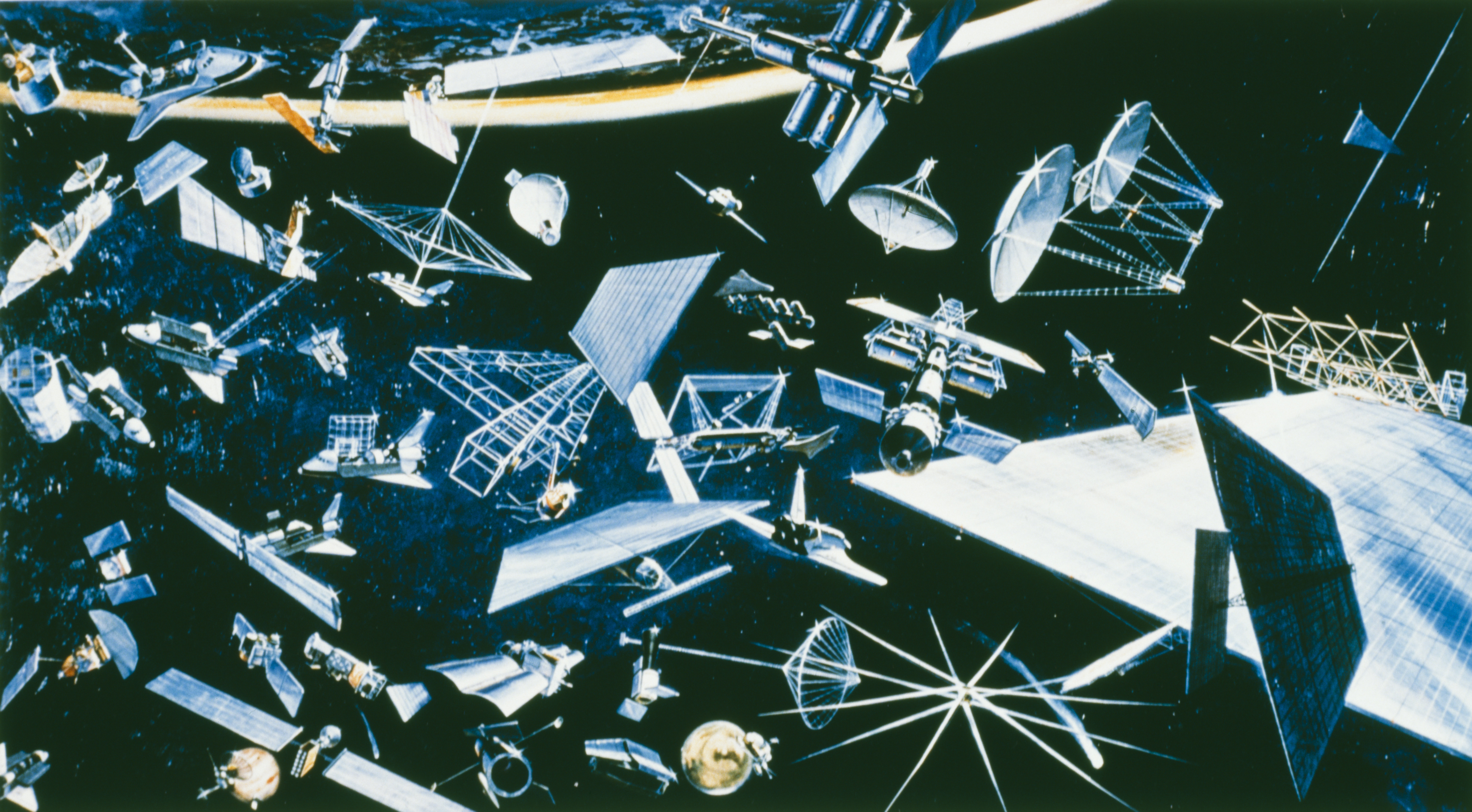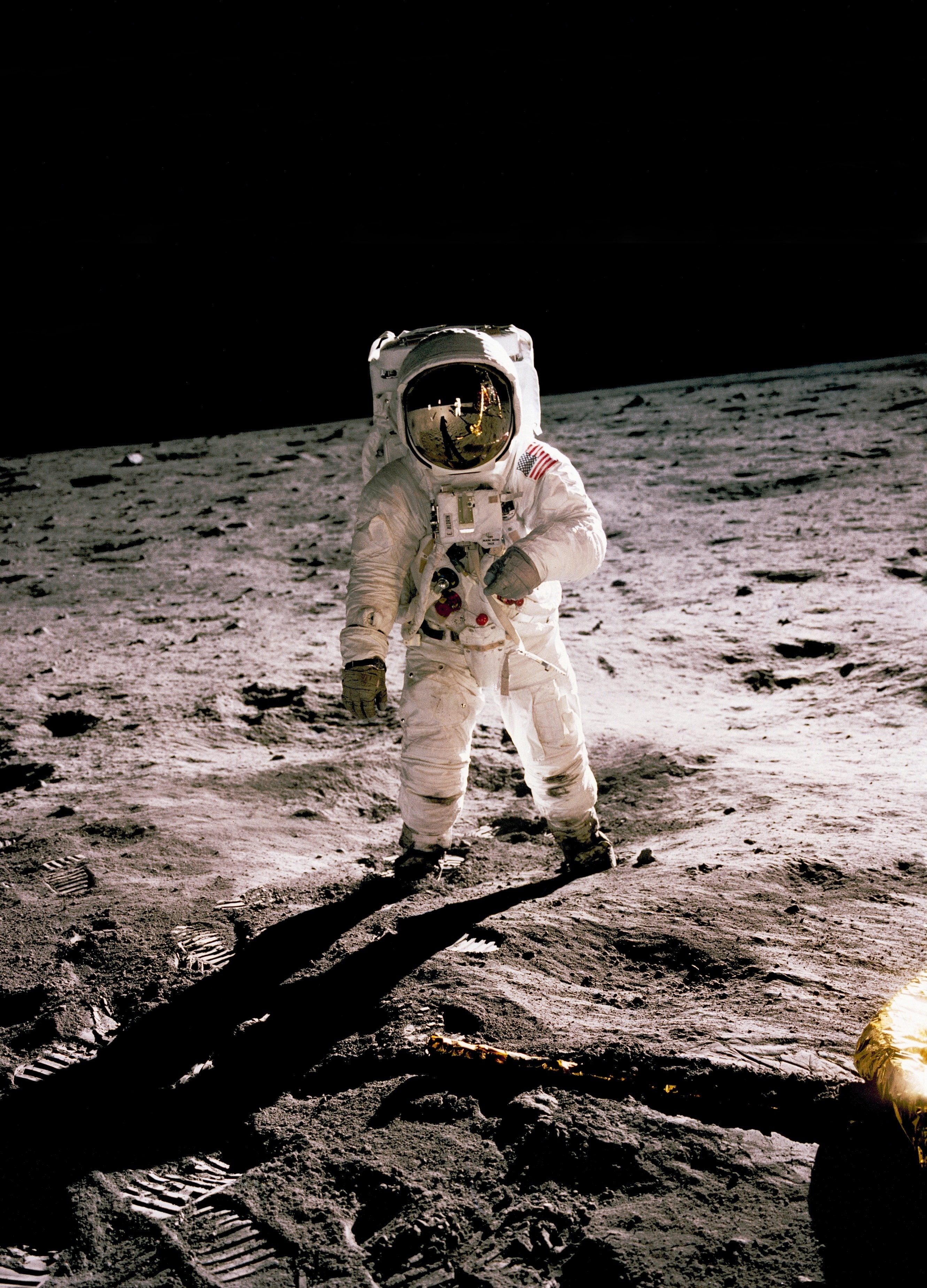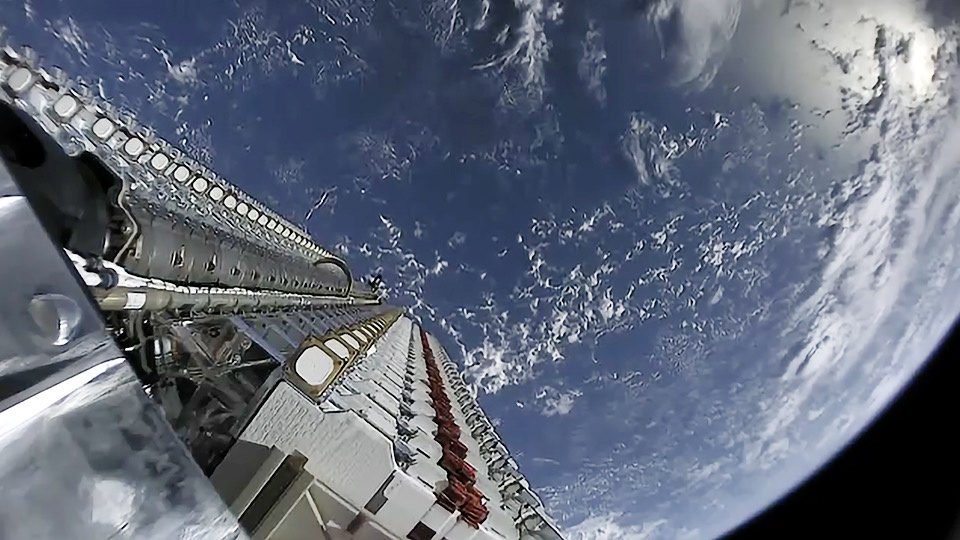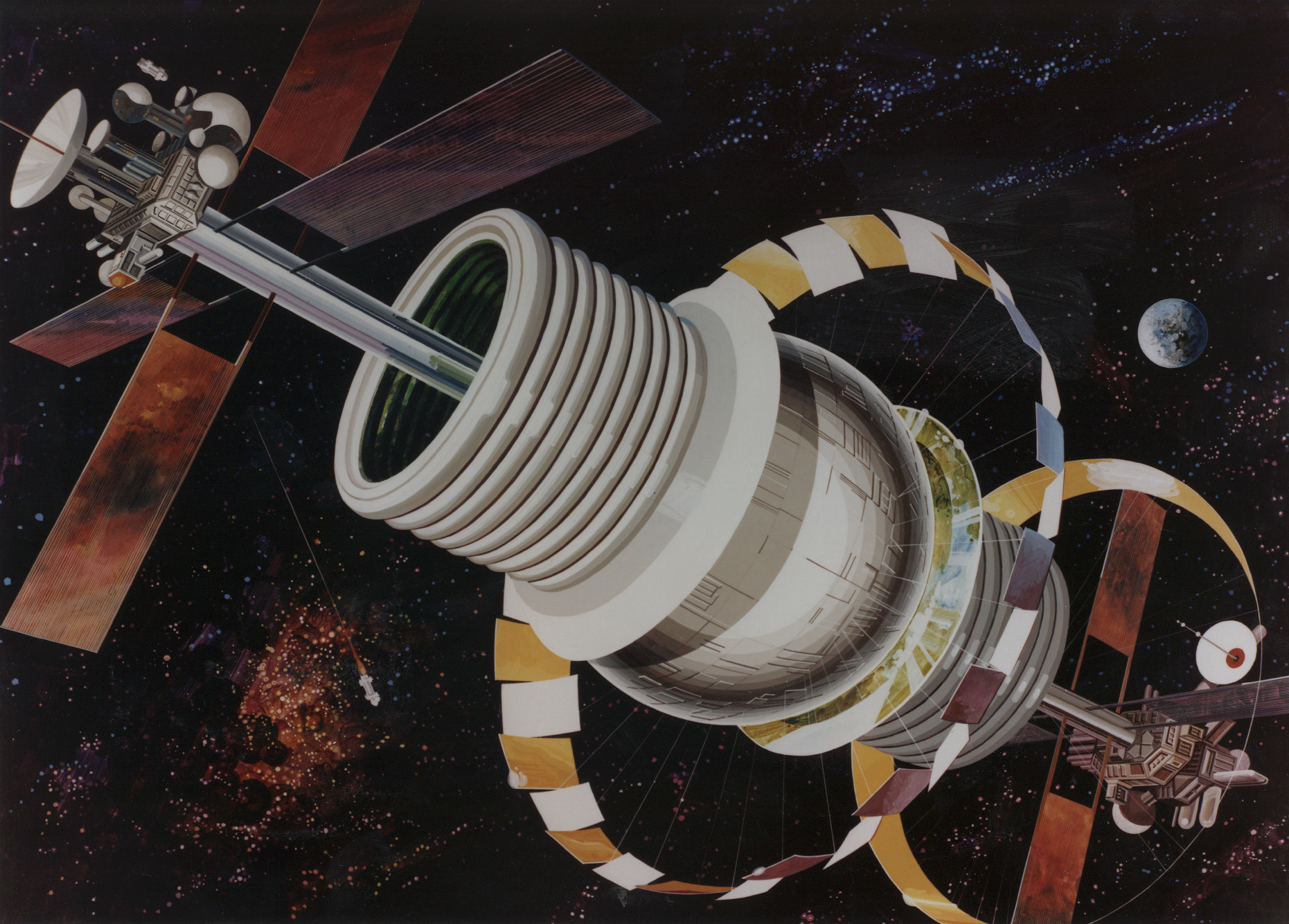rocket science
The helicopter’s sixth mission almost went down in disaster.
The EmDrive turns out to be the “um…” drive after all, as a new study dubs any previous encouraging EmDrive results “false positives.”
Astronomers spot an object heading into Earth orbit.
The Sun, as its never been seen before.
Astrophysicist Michelle Thaller talks ISS and why NICER is so important.
▸
5 min
—
with
Why did the dinosaurs go extinct? Because they didn’t have a space program.
▸
4 min
—
with
The space agency is ready to establish a base camp by 2024.
The risk of space debris collisions grows greater every year.
The latest phones have more than one million (1,048,576 to be exact) times more memory than the Apollo computer had in RAM.
Not every part of a satellite burns up in reentry. Considering the growing number of satellites in orbital space, that’s a big problem.
▸
with
The massive Starlink satellite network from SpaceX is causing worries.
A NASA astronomer explains how astronauts dispose of their, uh, dark matter.
▸
2 min
—
with
Proxima Centauri, our closest star, is more than 4 light years away. Reaching it under 10,000 years will be challenging; reaching it with living humans will be even harder.
By 2022, there may be as many as three artificial moons floating above the city of Chengdu.
“Well, technically it did land… just not in once piece.”
